April 11 to April 17
Losing Watan and Uyongu’e Yatauyungana first met in 1935 at a government-organized gathering of 32 young indigenous leaders from across Taiwan. The group bonded over the prospect of building a better future for their communities.
After the Chinese Nationalist Party (KMT) took over in 1945, these Japanese-educated professionals were eager to work with the new government to modernize their villages, as well as promote indigenous rights and autonomy. Losing, an Atayal, became the only indigenous member of the Taiwan Provincial Assembly, while Uyongu’e served as chief of what is today’s Alishan Township, home to his Tsou people.
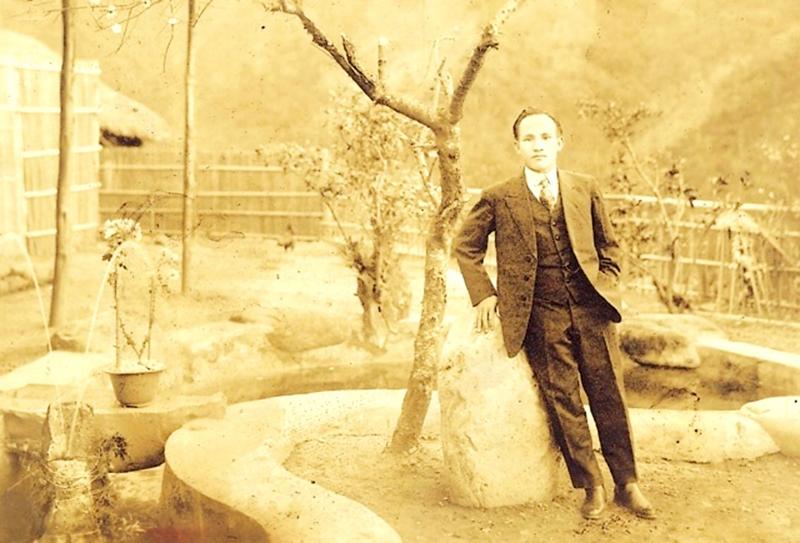
Photo courtesy of Wikimedia Commons
On April 17, 1954, Losing and Uyongu’e were executed along with Atayal policeman Kao Tse-chao (高澤照) and Tsou leaders Yapasuyongu Yulunana, Mo’e Peyongsi and Fang I-chong (方義仲). They had been found guilty of corruption and sedition, a common White Terror charge. Losing was originally sentenced to 15 years, but army chief of general staff Chou Chih-jou (周至柔) condemned him to death while reviewing the verdict, which was personally approved by president Chiang Kai-shek (蔣介石).
The group was accused of forming a “communist bandit” cell under Beijing’s directives and recruiting young indigenous men to support a potential Chinese invasion.
It was a tragic end for these men, who were among the first generation of their subjugated peoples to receive a formal Japanese education. Losing’s father, Watan Mrhuw (or Watan Syat in some sources), waged a years-long rebellion in what is today’s Sansia District (三峽), and as condition for his surrender, 10-year-old Losing was sent to a school for indigenous children and renamed Saburo Watai. He changed names again under the KMT, and it was Lin Jui-chang (林瑞昌) who was put to death in 1954.
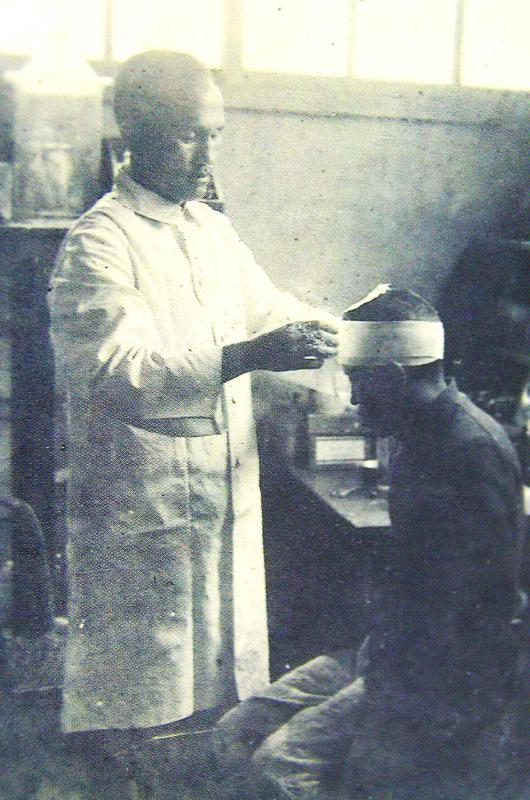
Photo courtesy of Wikimedia Commons
While communist agents tried to recruit Losing, there was little evidence that he agreed to work with them. Most sources state that he incurred the wrath of the authorities due to his advocacy for indigenous autonomy — most notably a campaign demanding the government return the land his people lost to the Japanese, which almost sparked a riot in 1948.
ASSIMILATION POLICY
It took the Japanese two decades to completely subjugate Taiwan’s indigenous peoples and gain control over the entire island. After each group’s defeat, the Japanese built police stations, schools, clinics and other institutions in their area to assimilate them into productive, loyal citizens of the empire. They were discouraged from traditional practices and organized into farming communities.
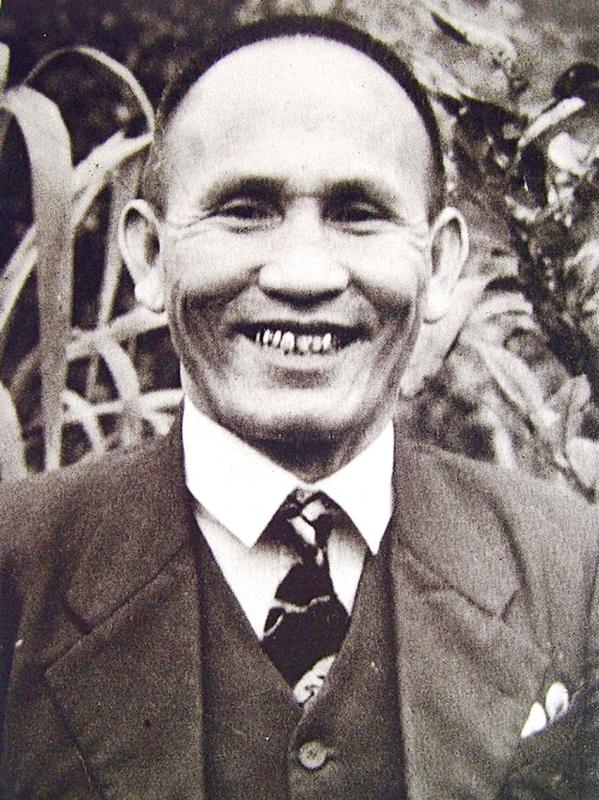
Photo courtesy of Wikimedia Commons
Unlike the more hostile groups to the east, the Tsou established relations with the Japanese early on. The first school for indigenous children in Taiwan was set up in 1904 in Tapanu village, and Uyongu’e was one of the graduates.
In 1909, Watan Mrhuw sued the government for peace, changing Losing’s life forever. He went on to complete medical school in Taipei and returned home at the age of 22 as a public physician. He helped improve healthcare resources in the area and worked with the state to build roads and other modern infrastructure.
Colonial rule was often exploitative and humiliating, however, and in 1930, the Seediq of Wushe (霧社), once considered a model community, revolted after years of mistreatment. The incident garnered much domestic and international criticism, and the colonial government was forced to tone down the exploitation and switched gears to “incorporation and assimilation.”
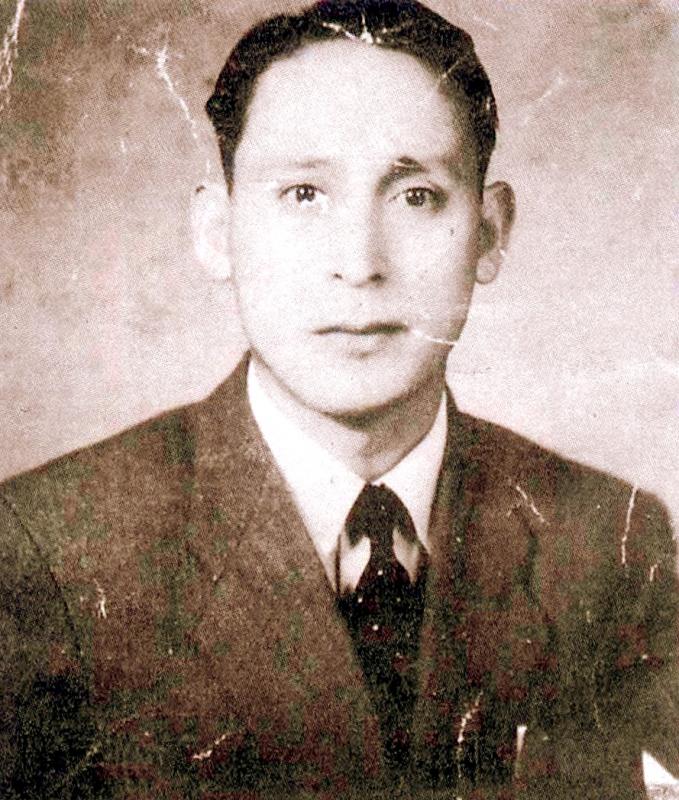
Photo courtesy of Wikimedia Commons
The “savage” designation was removed; they were now the Takasago people, named after an old Japanese name for Taiwan. New policies were promulgated in 1932 to “educate” them so they could enjoy prosperous lives as fellow citizens “bathing in the holy benevolence [of the emperor].”
The Japanese organized indigenous youth groups in each community, led by “visionaries” handpicked by the area’s local police. The 1935 symposium was composed of these leaders, who were groomed to become respected figures who could serve as a bridge between the authorities and their communities.
Their presentations all revolved around furthering assimilation: Uyongu’e, who was 28, spoke of encouraging his community to grow more bamboo, and to give up the practice of burying their dead indoors and establish public cemeteries. Losing, 37, argued that if his people were allowed to keep their guns, it would be hard to launch policies to eradicate “backward habits.”
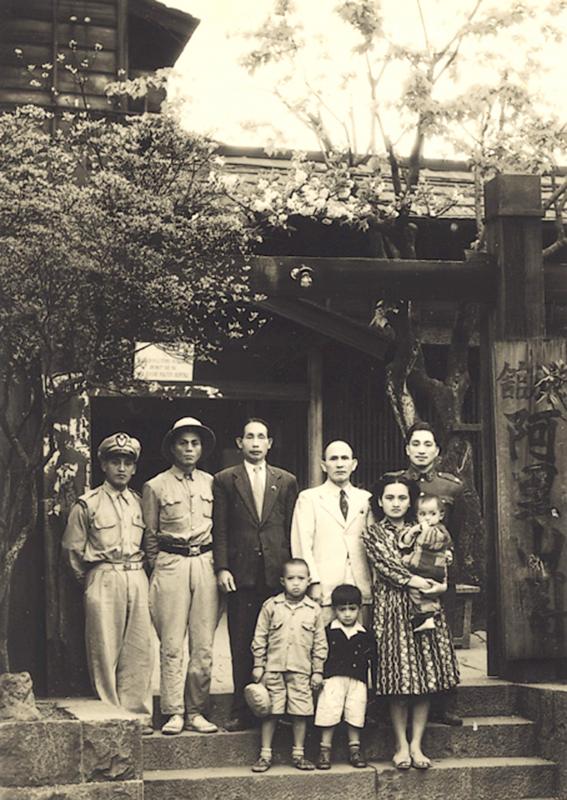
Photo courtesy of Wikimedia Commons
INDIGENOUS AUTONOMY
Losing had high hopes for the KMT at first, as they promoted democracy and equality. But not only were Taiwan’s indigenous people again treated as third-class citizens, their standard of living actually deteriorated under the new regime.
In the provincial assembly, Losing often advocated for indigenous rights and urged the government to develop and employ more indigenous talent. He often criticized the government and put forth numerous proposals to improve their social and economic conditions.
Historian Wu Jui-jen (吳睿人) writes in a paper on the executions: “Although [Losing] went to great lengths to stop his community from rising up during the 228 Incident [in 1947], whenever it came to the welfare of his people, he became a fearless dissident who risked his life to oppose the authorities.”
Since it was the Japanese who took his people’s land, he hoped that he could get it back under the KMT. “The ‘retrocession of Taiwan’ should also include us reclaiming our homeland, otherwise what joy can we feel in this ‘retrocession to the motherland?’” he wrote in a petition signed by over 100 compatriots and delivered in June 1947, months after the mass unrest was suppressed.
Uyongu’e also wanted autonomy. After he and his comrades clashed with government troops in Taichung following the 228 incident, he wrote and sent a letter to indigenous leaders calling for a meeting to discuss the establishment of a “high mountain autonomous zone.” Wu writes that he never acted on the idea due to the political climate and turned his focus to boosting the economy of the Tsou people by establishing the Xinmei Farm (新美農場).
As the Chinese Civil War neared its conclusion in 1949, the Chinese Communist Party recruited Taiwanese members such as Tsai Hsiao-chien (蔡孝乾) and attempted to set up cells across the nation to subvert the KMT. Dissidents like Losing were prime recruitment targets, and he met with communists several times.
A government crackdown in late 1949 sent numerous communist agents fleeing into Alishan, and while there’s no evidence of Uyongu’e joining them, he interacted with them and allowed them to operate in the area. After the government cleared out the cells in the area, he and Yapasuyongu turned themselves in and swore to repent with Losing acting as guarantor.
In September 1952, the government lured Uyongu’e and Yapasuyongu to town under the pretense of a security meeting, arrested them for corruption and carted them off to a military prison in Taipei. Losing, who had financial dealings with the two over Xinmei Farm, was nabbed in November.
But over the two-year investigation, corruption charges evolved into charges for communist rebellion, leading to another tragic chapter in White Terror history.
Taiwan in Time, a column about Taiwan’s history that is published every Sunday, spotlights important or interesting events around the nation that either have anniversaries this week or are tied to current events.

Seven hundred job applications. One interview. Marco Mascaro arrived in Taiwan last year with a PhD in engineering physics and years of experience at a European research center. He thought his Gold Card would guarantee him a foothold in Taiwan’s job market. “It’s marketed as if Taiwan really needs you,” the 33-year-old Italian says. “The reality is that companies here don’t really need us.” The Employment Gold Card was designed to fix Taiwan’s labor shortage by offering foreign professionals a combined resident visa and open work permit valid for three years. But for many, like Mascaro, the welcome mat ends at the door. A

The Western media once again enthusiastically forwarded Beijing’s talking points on Japanese Prime Minister Sanae Takaichi’s comment two weeks ago that an attack by the People’s Republic of China (PRC) on Taiwan was an existential threat to Japan and would trigger Japanese military intervention in defense of Taiwan. The predictable reach for clickbait meant that a string of teachable moments was lost, “like tears in the rain.” Again. The Economist led the way, assigning the blame to the victim. “Takaichi Sanae was bound to rile China sooner rather than later,” the magazine asserted. It then explained: “Japan’s new prime minister is

Divadlo feels like your warm neighborhood slice of home — even if you’ve only ever spent a few days in Prague, like myself. A projector is screening retro animations by Czech director Karel Zeman, the shelves are lined with books and vinyl, and the owner will sit with you to share stories over a glass of pear brandy. The food is also fantastic, not just a new cultural experience but filled with nostalgia, recipes from home and laden with soul-warming carbs, perfect as the weather turns chilly. A Prague native, Kaio Picha has been in Taipei for 13 years and

NOV. 24 to NOV. 30 It wasn’t famine, disaster or war that drove the people of Soansai to flee their homeland, but a blanket-stealing demon. At least that’s how Poan Yu-pie (潘有秘), a resident of the Indigenous settlement of Kipatauw in what is today Taipei’s Beitou District (北投), told it to Japanese anthropologist Kanori Ino in 1897. Unable to sleep out of fear, the villagers built a raft large enough to fit everyone and set sail. They drifted for days before arriving at what is now Shenao Port (深奧) on Taiwan’s north coast,